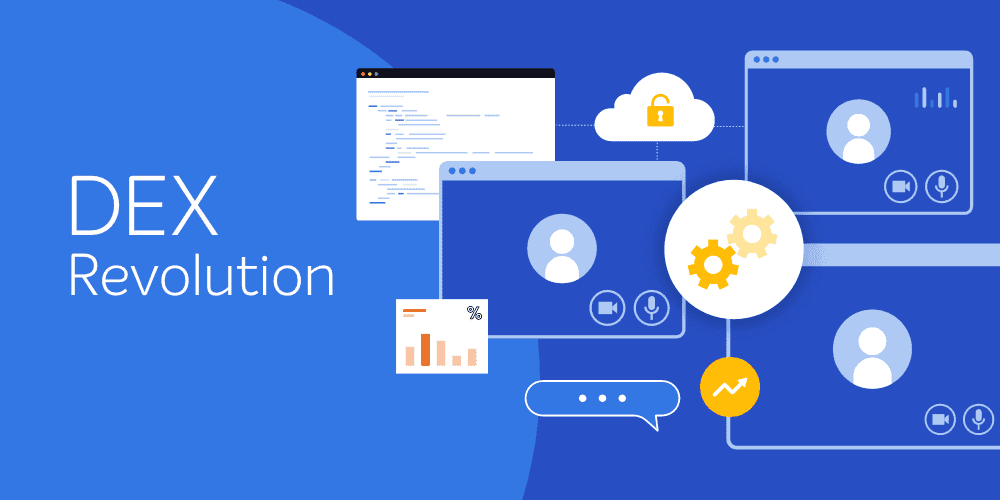Information technology cannot be just about keeping the lights on, it must be a fundamental driver for business success. Forrester Research reported that 72% of budgets are doing nothing more than keeping lights on (sustaining the business, not to changing or transforming the business). Is it that CIO’s like the status quo, or are they not enabled to implement standardized processes into their operations to turn them into productive, agile operations?
Software licensing used to be easy. One simply had to have a single license for every PC a product was installed on. PC’s were easy to count as they never left the desk; laptops, mobile, and the cloud were not even on the radar. As our industry matured, the IT industry transformed itself to be more efficient including moving from power hungry mainframes and desktops to virtualized servers, mobile apps and “the cloud”. With the transformation, the ways that software is used and licensed have evolved – some changes better than others from the customer perspective –but the ability to track IT assets effectively has not kept up, to help ensure business success.
Two examples demonstrate this point. In September 2015, 1E released data that shows 37% of all software used in enterprises is not used. Is it because organizations fear using more than is actually licensed – or a lack of process in understanding what is being used, when, where, and by whom?
Based business needs, as well as the need to get more with less, these are the five reasons IT Asset Management (ITAM) is crucial for enterprise IT:
- Reduces Overall Risk. You cannot manage what you do not know what you have. Unlicensed, or unused, software is oftentimes not patched with the latest security updates and, as a result, is an entry point for malware entry into the workplace. Knowing what is used, what is actually needed and properly procured and licensed is a significant step forward in reducing overall risk (security and financial).
- Reduces cost: Those who implement IT Asset M, even at basic levels, will see savings in IT costs. Removing unused software results in less need for maintenance (both product and people time). Further, consolidating purchases and standardizing processes over the entire software lifecycle achieves basic business needs – doing more with less.
- Saves time: There will always need to keep the lights on, be a change agent and secure more efficient lights to free up precious resources. Data from those resources can be used to implement standardized ITAM processes into your organization. ITAM processes save time (and subsequently money) by ensuring reliable data which are useful for vendor audits, knowing what used products need maintenance and renewal. Processes, once implemented, ensure reliability, accountability, and predictability.
- Is a business enabler: Organizations are increasingly focused on responding to vendor audit requests (keeping the lights on) versus focusing on running and operating their own business. ITAM is a business enabler in that it embeds processes into the organization creating actionable data which can be relied upon for critical business decisions, rapidly and confidently responding to vendor audit and license entitlement and renewal needs.
- Is a business differentiator: A common question may be, “if I implement these steps”, what else do I achieve? It is one thing to say that ITAM has been implemented; it’s another to say my ITAM processes have been independently reviewed and conform to the ISO ITAM standard. Consider getting certified by 1E to demonstrate to your shareholders that you proactively have reduced risk and saved money, and demonstrate to software vendors that you are committed to processes designed to eliminate non-compliance.
Organizations have gotten into a negative cycle of setting up processes to respond to vendor audits instead of implementing processes to ensure compliance (and cost savings) on a continual basis. Implementing ITAM can be difficult. However, every organization has processes in place that have been implemented to solve a particular problem be it HR related, travel or even time off. It is time for ITAM processes to be added to that list of organization processes so that the implementer achieves its desired outcomes.




